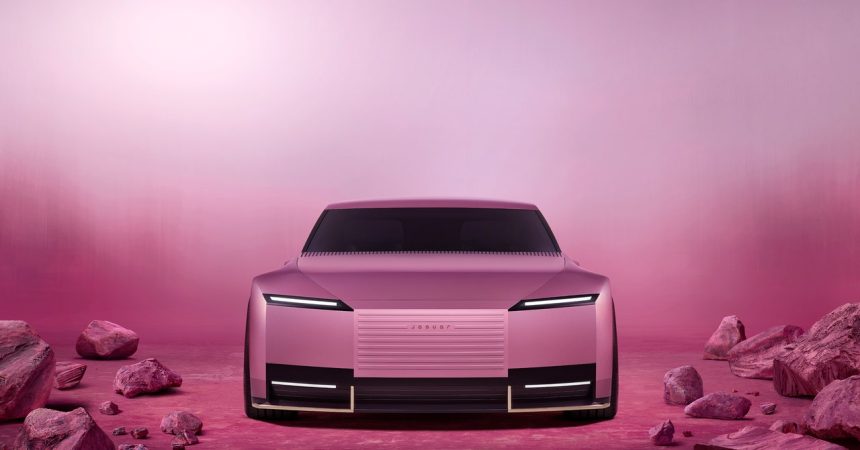The recent rebranding of Jaguar has generated considerable criticism, as the company’s reveal of a new logotype and a film featuring diverse models did not include any mention of cars. This has led to an outcry from many observers, and even Elon Musk weighed in by sarcastically questioning Jaguar’s ability to sell cars. Amidst this upheaval, the company sought to affirm its commitment to the automotive market by unveiling its first full-electric vehicle, known as Type 00, at Art Miami. However, there are concerns that the negative reactions surrounding the brand’s “woke” marketing strategy could overshadow the introduction of this new model, potentially diminishing public interest in Jaguar.
Adding to Jaguar’s woes, the backlash has resulted in a flood of criticism directed at both the brand and its employees, with some branding the campaign as excessively progressive or out of touch with traditional automotive values. This tumultuous reception highlights the perceived departure from Jaguar’s established history, with some long-time clients feeling alienated by the brand’s shift towards a more modern and inclusive image. Critics argue that the brand’s focus on diversity and contemporary appeal neglects the loyalty of its existing customer base, who may be uncomfortable with such a dramatic transformation.
Jaguar executives, including managing director Rawdon Glover, have stated that the company is consciously aiming to attract a new clientele characterized by youth, affluence, urban living, independence, and creativity. Glover emphasizes the need for the brand to establish connections with this new demographic, which necessitates a significant re-evaluation of Jaguar’s identity and offerings. This shift could be both an opportunity and a risk, as Jaguar attempts to redefine its brand and products to align with changing consumer expectations in the electric vehicle market.
The introduction of the Type 00 model is particularly noteworthy, as it fulfills a creative challenge outlined by JLR’s chief creative officer, Gerry McGovern. Four different design teams were tasked over four years to create a vehicle that would not only differentiate itself from Jaguar’s past offerings but also stand apart from any other vehicle on the market. The result is a bold design that aims to capture the interest of a new generation of drivers, showcasing Jaguar’s commitment to innovation and a fresh vision for the future of the brand.
Despite these aspirations, the public’s perception and reception of the Type 00 will be critical. Jaguar’s ability to successfully transition into the electric vehicle space while navigating the current backlash will significantly influence its future. The auto market is known for its fickle nature; the company’s historical reputation could take a hit if the new launch is not well received, underscoring the importance of connecting with both new and legacy customers.
In summary, Jaguar is at a crossroads as it attempts to redefine itself through a modern lens while grappling with the backlash from its recent rebranding efforts. The unveiling of the Type 00 illustrates the brand’s commitment to innovation and reaching new customers, yet it must simultaneously mitigate the criticism surrounding its marketing strategy. Moving forward, Jaguar’s success will rely on how well it can merge its storied heritage with its ambitions for the future, ultimately reshaping its identity in a competitive electric vehicle market while earning back the trust of its traditional customer base.


